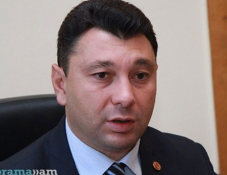
New global tracker launched to measure pandemic’s impact on education worldwide
The COVID-19 pandemic has disrupted education for 1.6 billion children worldwide over the past year. To help measure the ongoing global response, Johns Hopkins University, the World Bank, and UNICEF have partnered to create a COVID-19 – Global Education Recovery Tracker.
As UNICEF said in a statement the tool assists countries’ decision-making by tracking reopening and recovery planning efforts in more than 200 countries and territories.
Data through early March 2021 show that 51 countries have fully returned to in-person education. In more than 90 countries, students are being instructed through multiple modalities, with some schools open, others closed, and many offering hybrid learning options.
Regionally, there are emerging indications of shifts in learning modalities. Remote learning continues to dominate in the Middle East and North Africa where schools were largely closed in recent weeks. However, in Sub-Saharan Africa, most students are physically attending school. In the East Asia and Pacific region, in-person education has mostly resumed, with stringent social distancing measures. The regions of South Asia, Central Asia, and Europe are mainly relying on hybrid education where the infrastructure allows. Across Latin America, countries are using mixed approaches that include remote, hybrid, and in-person education. However, the majority of schools remain partially or fully closed to in-person classes with remote education as the most used modality.
In addition to tracking the operational status of schools, the Tracker will also monitor how students are being supported. This includes changes to the school year schedule, tutoring, and remediation, especially for the primary school grades. These interventions will be a critical component of the education recovery process after a year that has affected the learning and well-being of 95% of school children across the globe.
The Tracker is intended to offer evidence that informs policy makers and researchers working on COVID-19 responses. The tool is built to have the flexibility to incorporate emerging issues while offering a time trend of actions in the past months.
Newsfeed
Videos






























